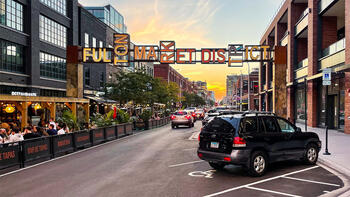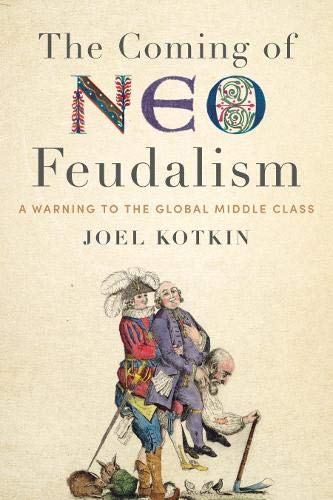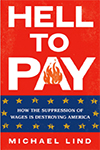
A report came out from Crains Chicago Business (paywalled) that spoke to the uneven nature of development in Chicago. Ed Finkel, writer of the Crains article, noted that from January 1, 2023 to September 24, 2025, the City of Chicago Plan Commission approved 131 planned development projects representing 27,200 new dwelling units and $22.5 billion in investments. One Chicago neighborhood, the Near West Side, accounted for 36 of the 131 projects over that period – more than a quarter of all projects. Crains also noted that the Englewood neighborhood, on the South Side, saw only six planned development projects, producing a total of 98 new units. Englewood is a community in dire need of new investment of all types – housing, commercial development, infrastructure, even services. But the investment disparities are becoming too large to overlook.
In fact, I don’t have records of Chicago Plan Commission PUD approvals since 2023, but my gut tells me that perhaps Crains is overstating the amount of new development in Englewood, one of many South Side neighborhoods. Crains may be inadvertently including projects in adjacent neighborhoods like Auburn-Gresham, Chatham, Back of the Yards, Grand Crossing, and Washington Park. My experience in Chicago over the last 35 years in planning in Chicago is that there’s consistently been about 4-5 times more development taking place in Chicago’s favored north lakefront and its adjacent neighborhoods when compared to the South and West Side combined. The extent of development disparity in Chicago has been that wide, for that long.
For their part, former Chicago mayor Lori Lightfoot and current mayor Brandon Johnson have done quite a bit to steer new development to the city’s oft-neglected neighborhoods. As mayor, Lightfoot created the Invest South/West program in 2019, designed to reverse historical disinvestment in ten communities on the South and West sides. A $750 million investment in the program by the City was used to leverage an additional $2.3 billion in additional investment, through corporate and philanthropic support. Mayor Johnson dropped the previous name but continued the programmatic effort; in June the mayor celebrated the opening of the Aspire Center for Workforce Innovation, located in a formerly closed elementary school on the West Side. The $40 million project got almost half of its funding from city and state sources. Crains also notes the recent industrial and commercial development taking place in the Pullman neighborhood on the Far South Side.
Unfortunately, you could take all the investment in the South and West sides, representing about half of the city’s population and more than half of its physical footprint, and it would pale in comparison to what’s happening now, on the Near West Side, all by itself.
How does that change?
Neighborhood vitality is hard to maintain without economic opportunity
Finkel points out that five characteristics of neighborhood vitality make developers and investors want to develop in certain areas. He suggests that five vitality factors – existing population density, economic opportunity, access to services, quality public spaces and high levels of social cohesion – played a role in making the turnaround happen in other neighborhoods. And it’s clear that many South and West side neighborhoods took significant hits to their neighborhood vitality as the manufacturing jobs they depended on disappeared. Rapidly declining population reduces economic opportunity and social cohesion. Services begin to suffer; quality public spaces don’t get the investment they need. That causes more people to leave and deepen the downward spiral.
Read the rest of this piece at The Corner Side Yard.
Pete Saunders is a writer and researcher whose work focuses on urbanism and public policy. Pete has been the editor/publisher of the Corner Side Yard, an urbanist blog, since 2012. Pete is also an urban affairs contributor to Forbes Magazine's online platform. Pete's writings have been published widely in traditional and internet media outlets, including the feature article in the December 2018 issue of Planning Magazine. Pete has more than twenty years' experience in planning, economic development, and community development, with stops in the public, private and non-profit sectors. He lives in Chicago.
Photo: Ajay Suresh, via Flickr under CC 2.0 License.












